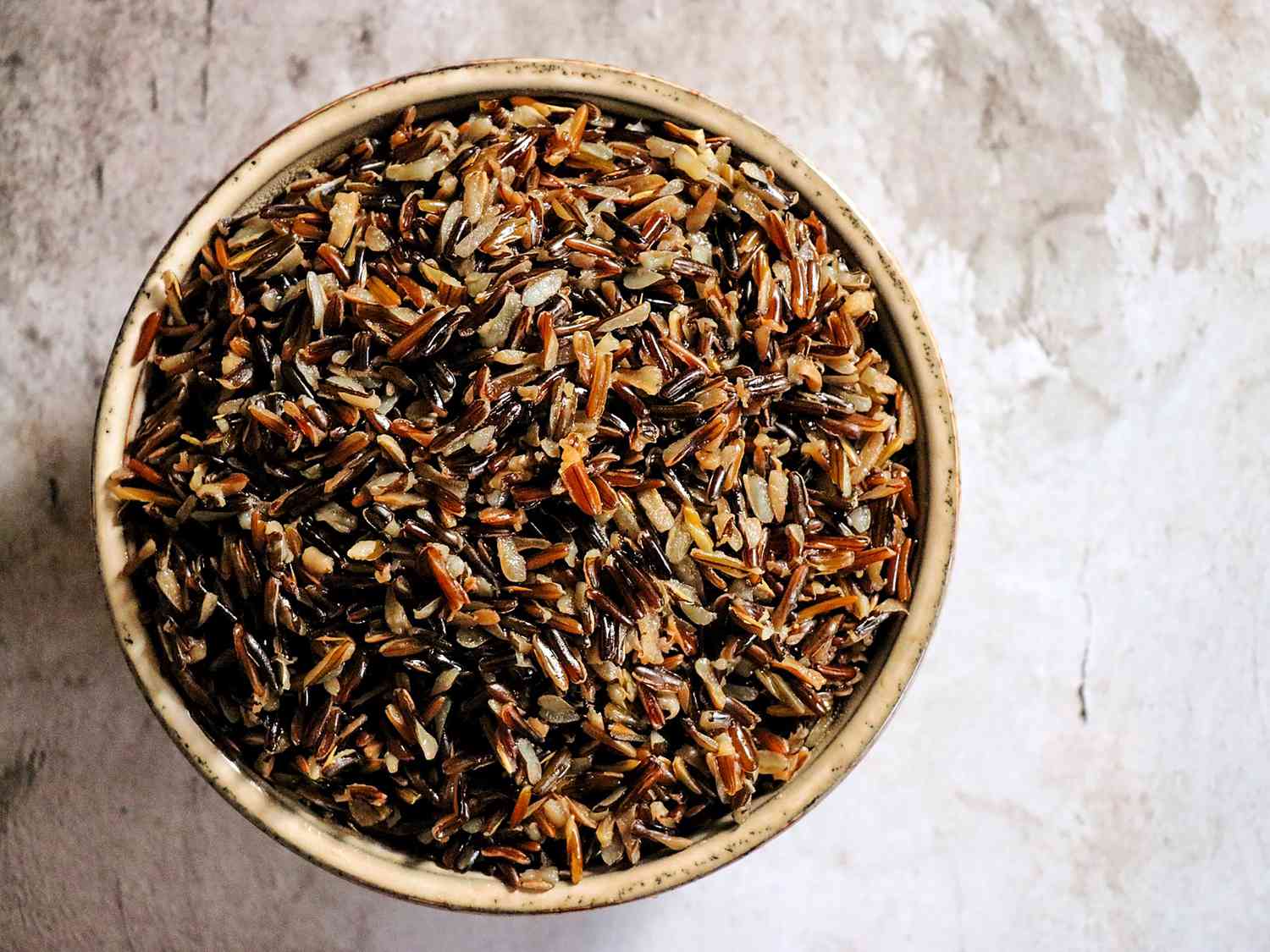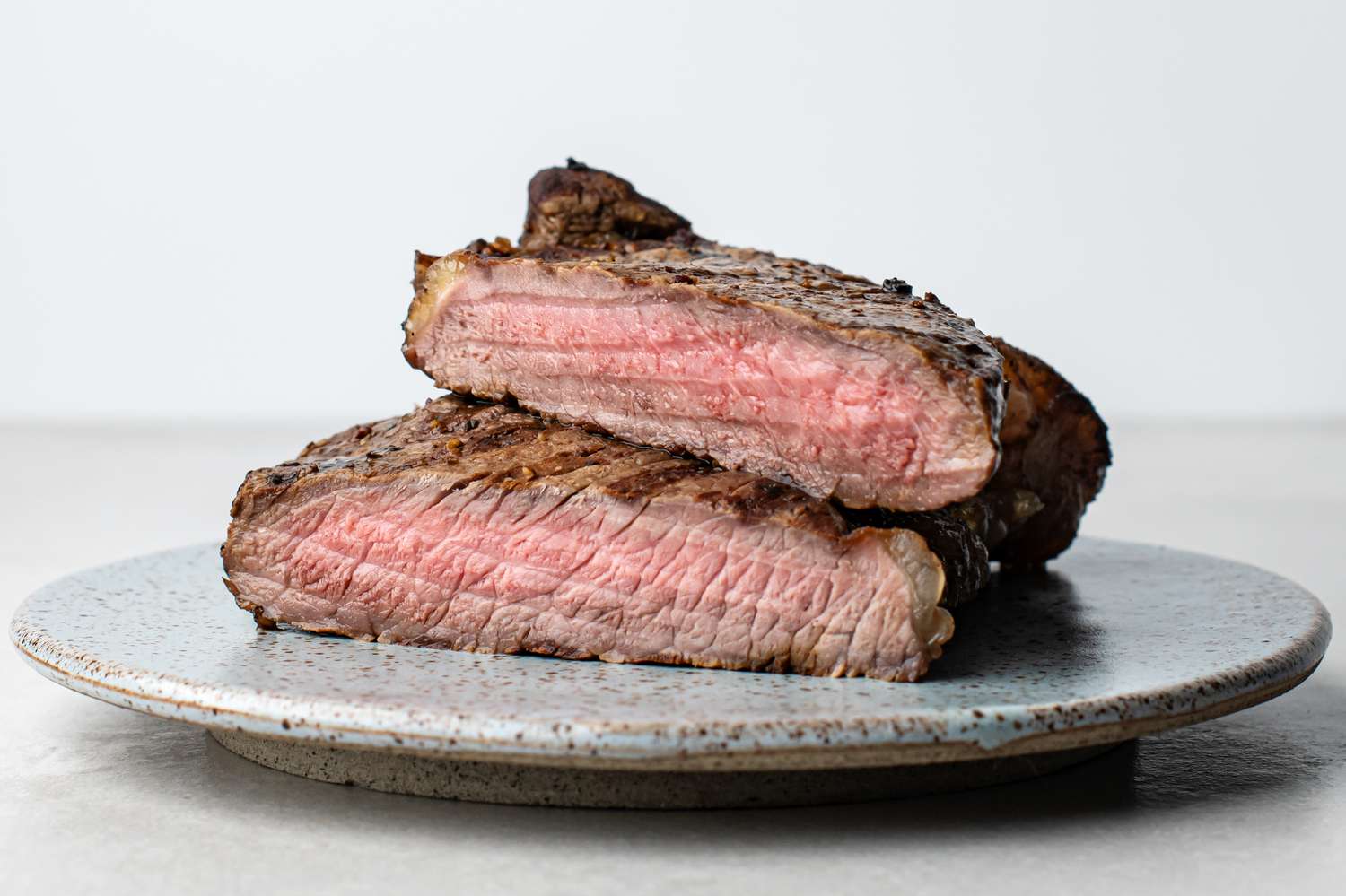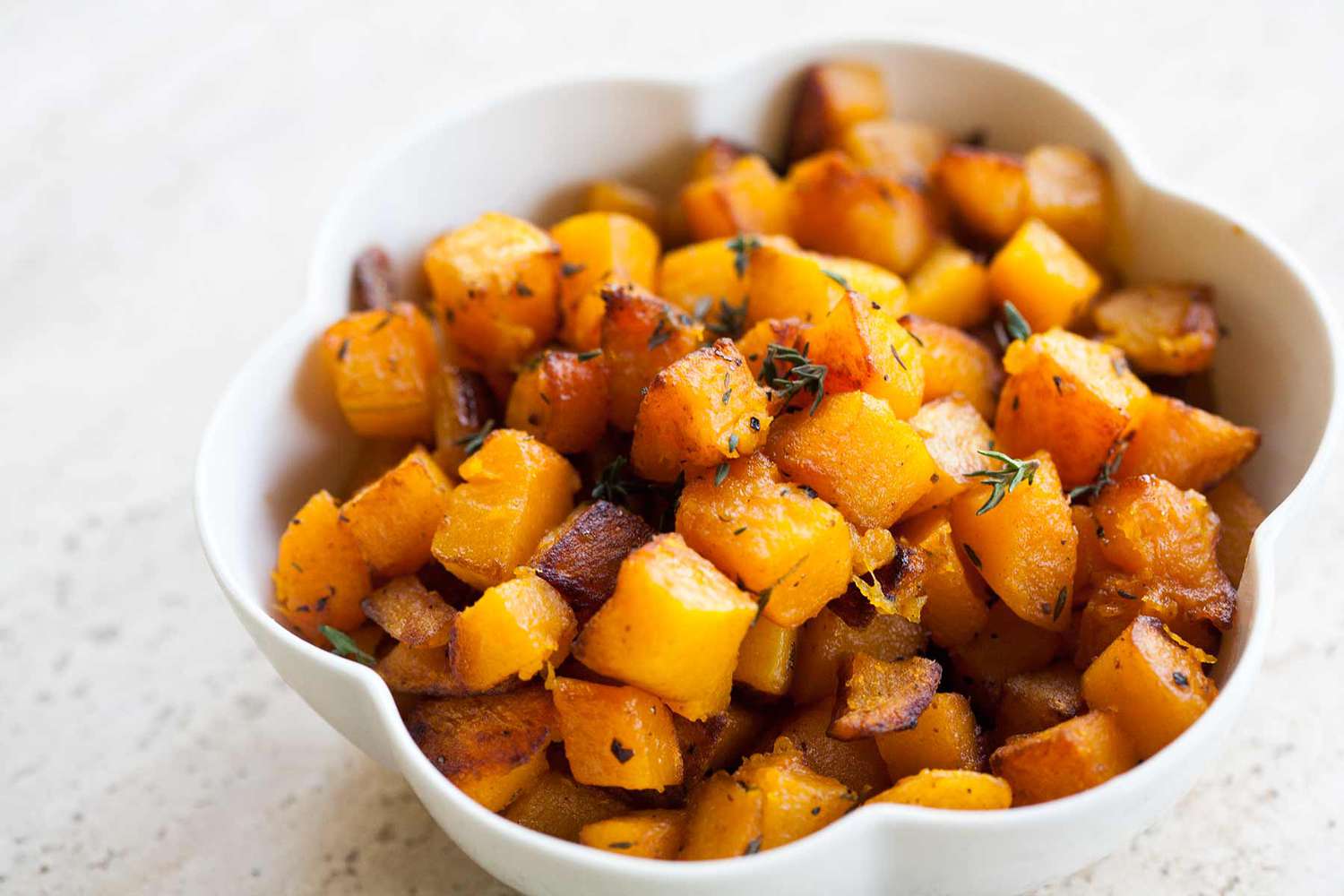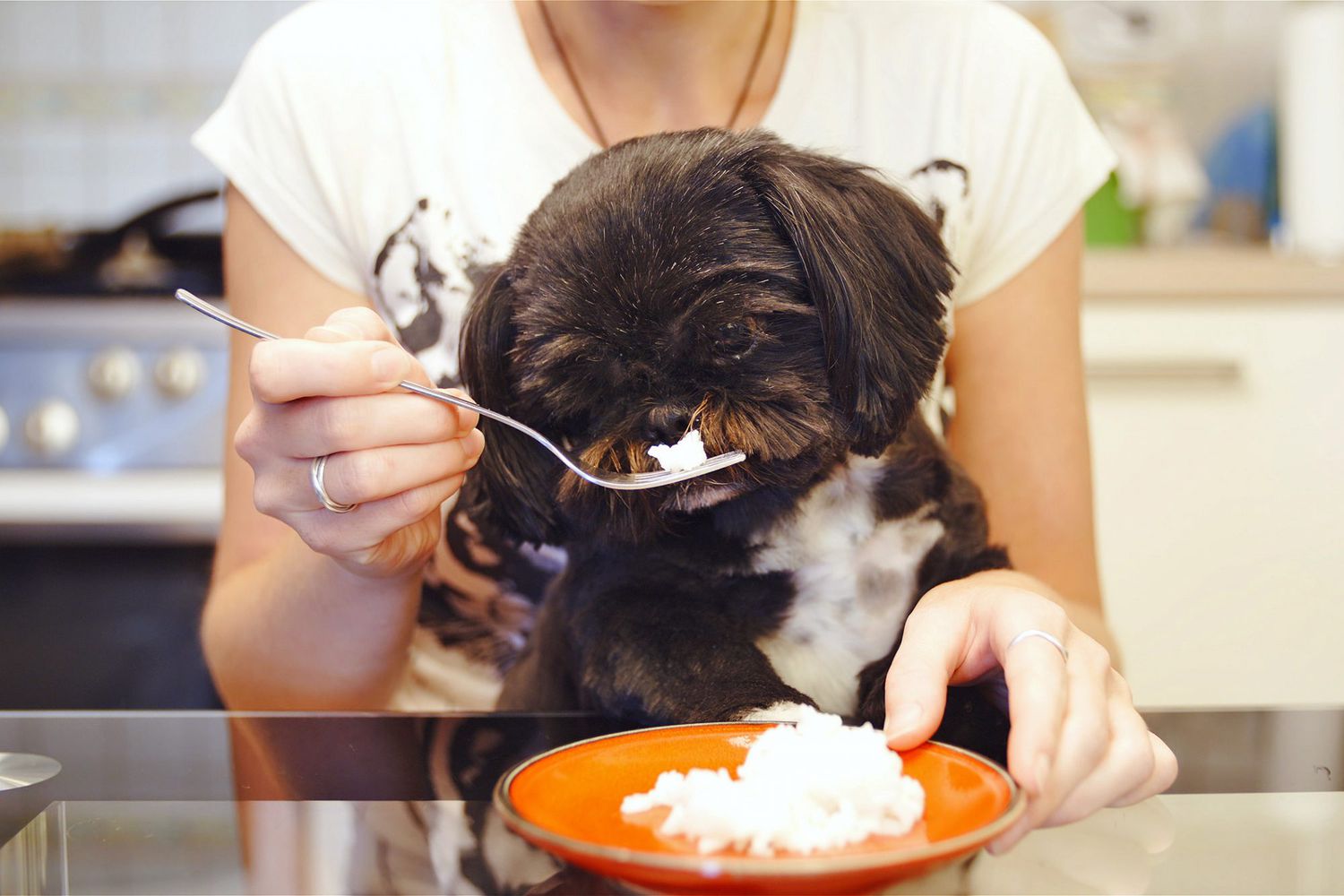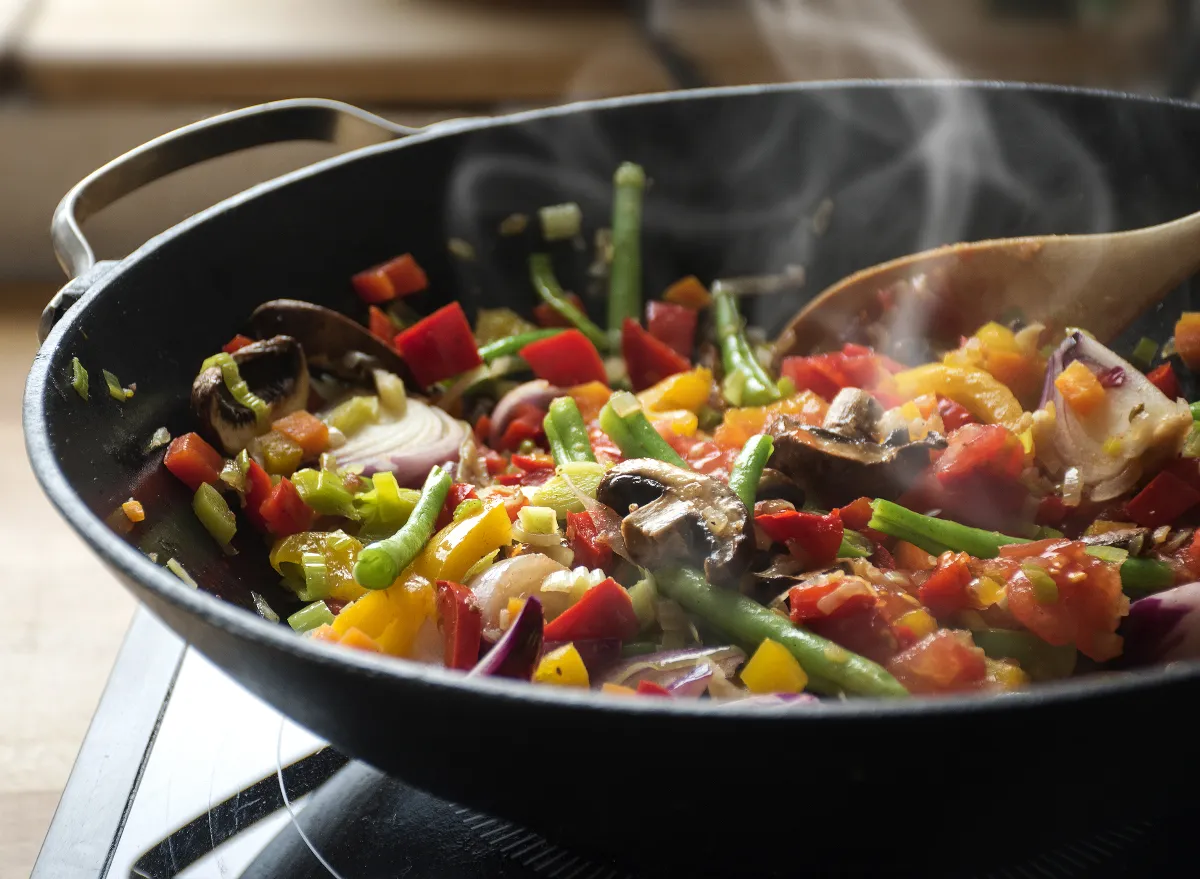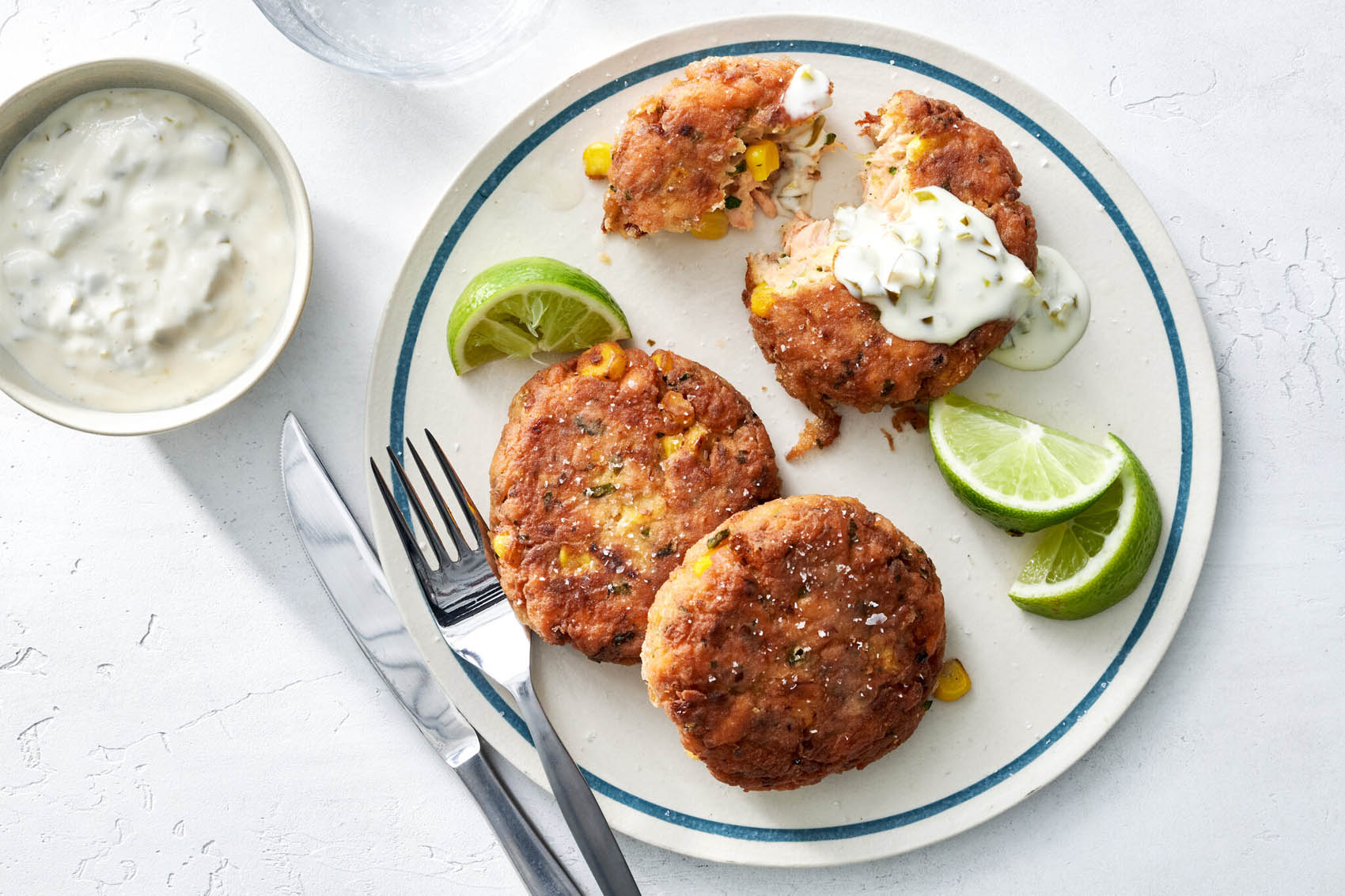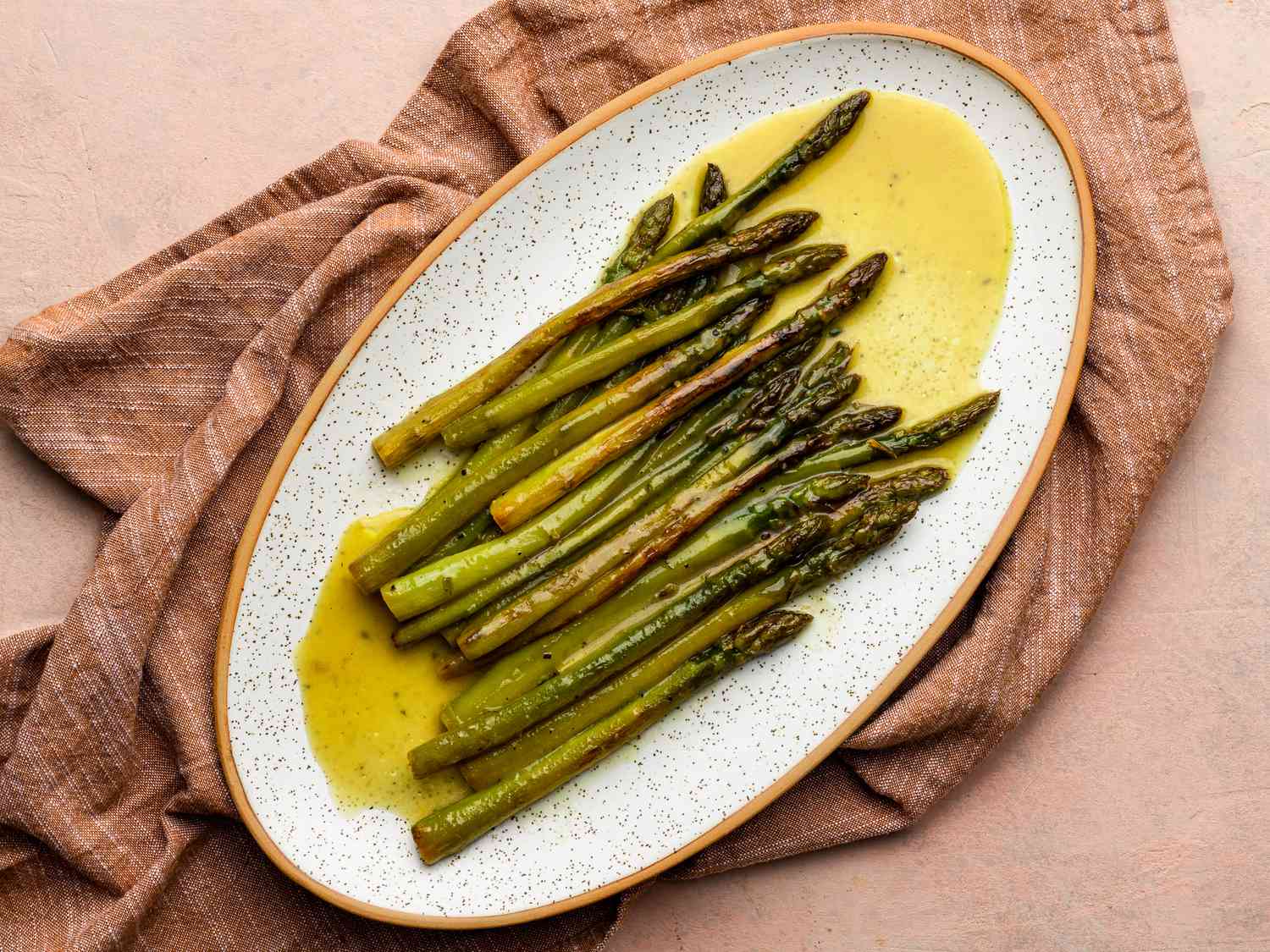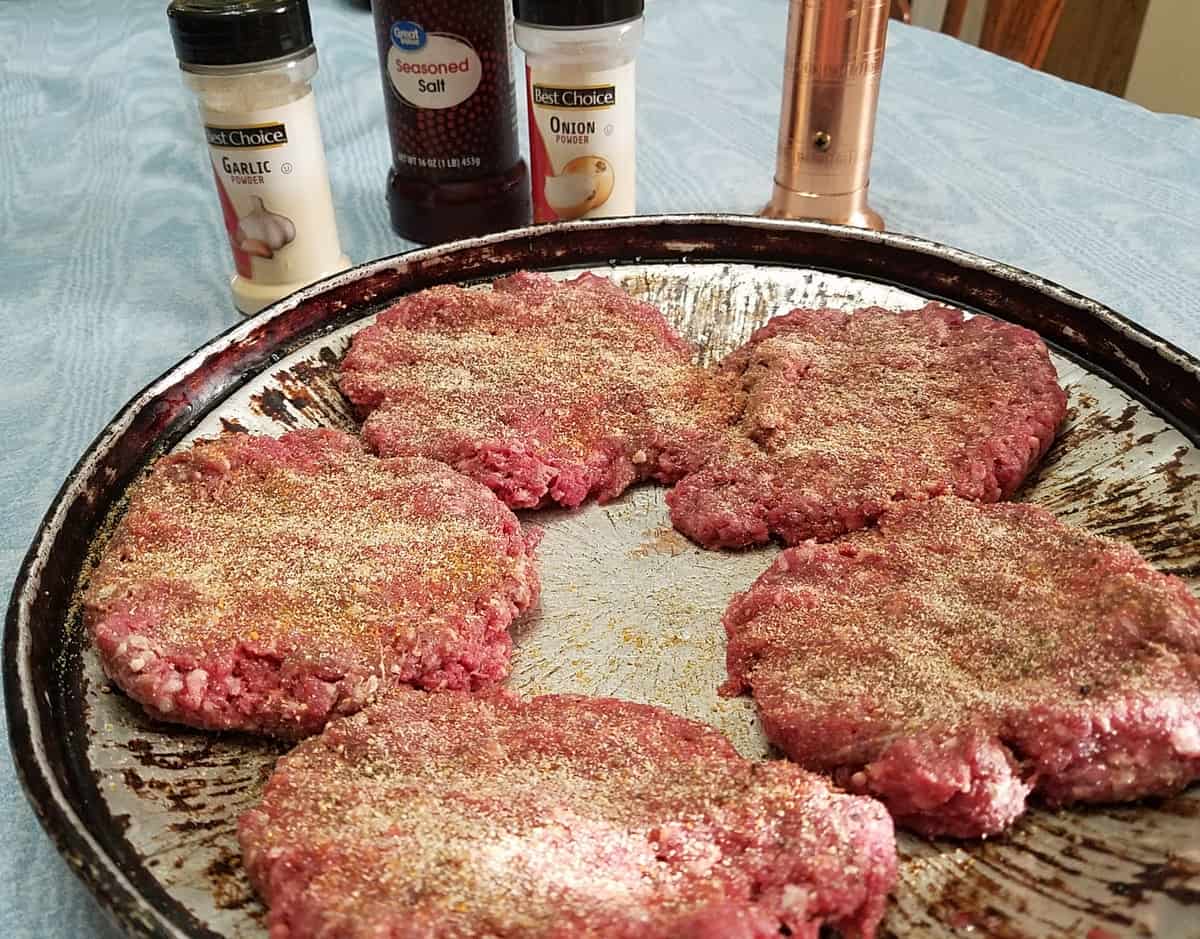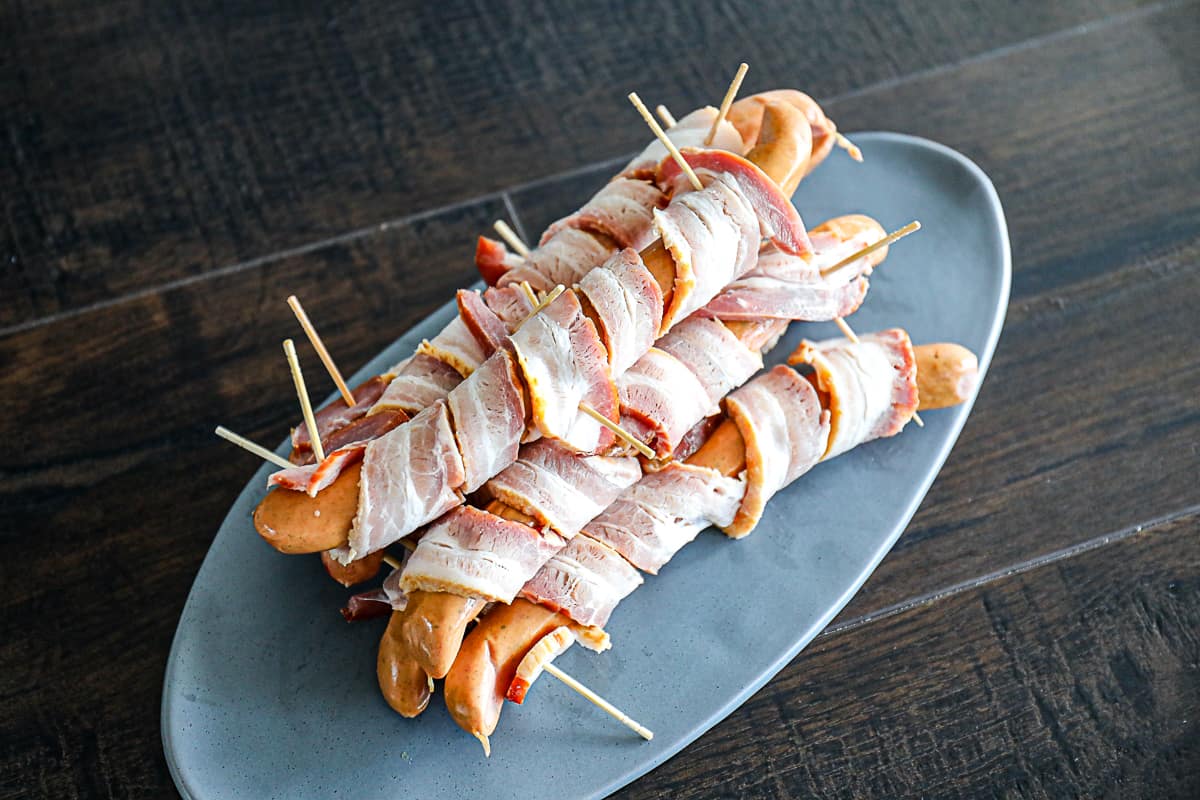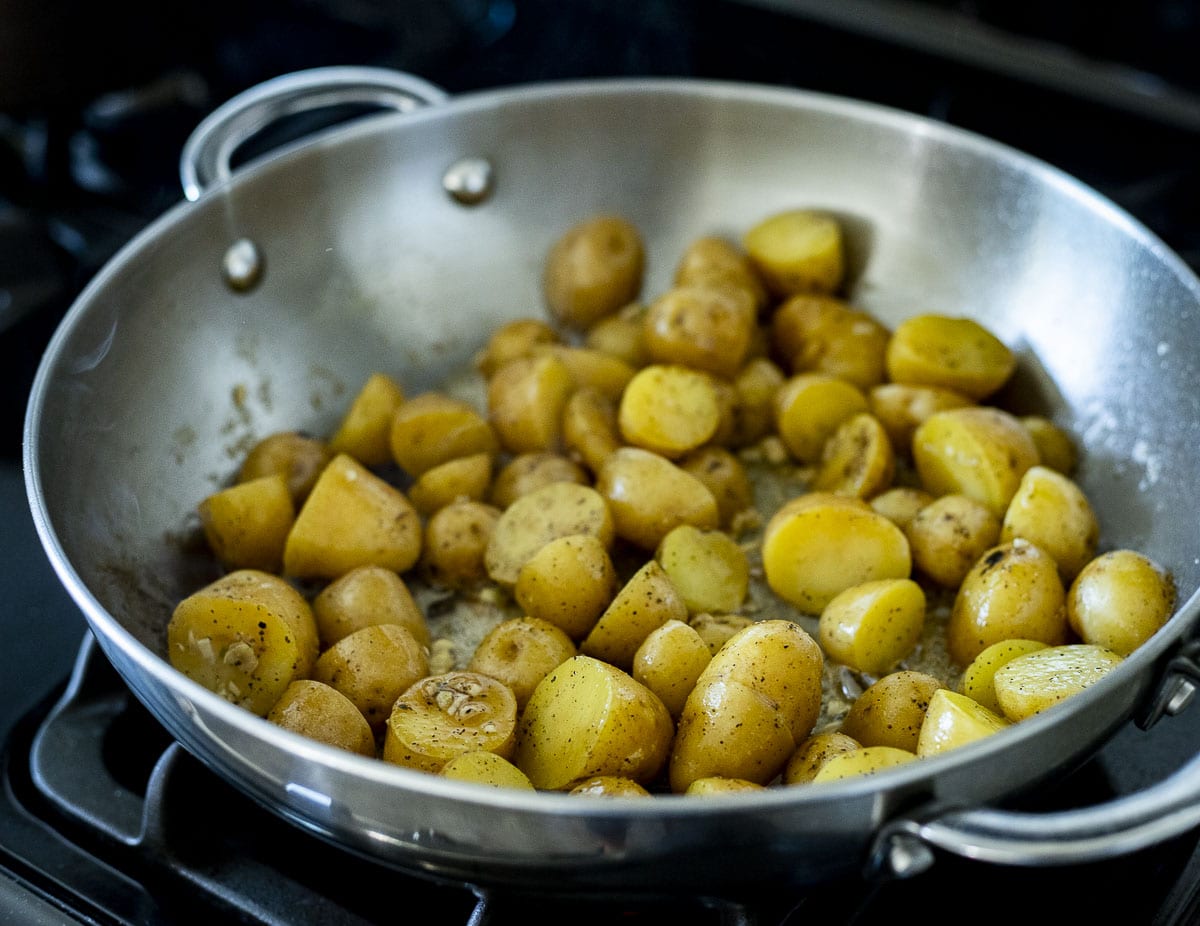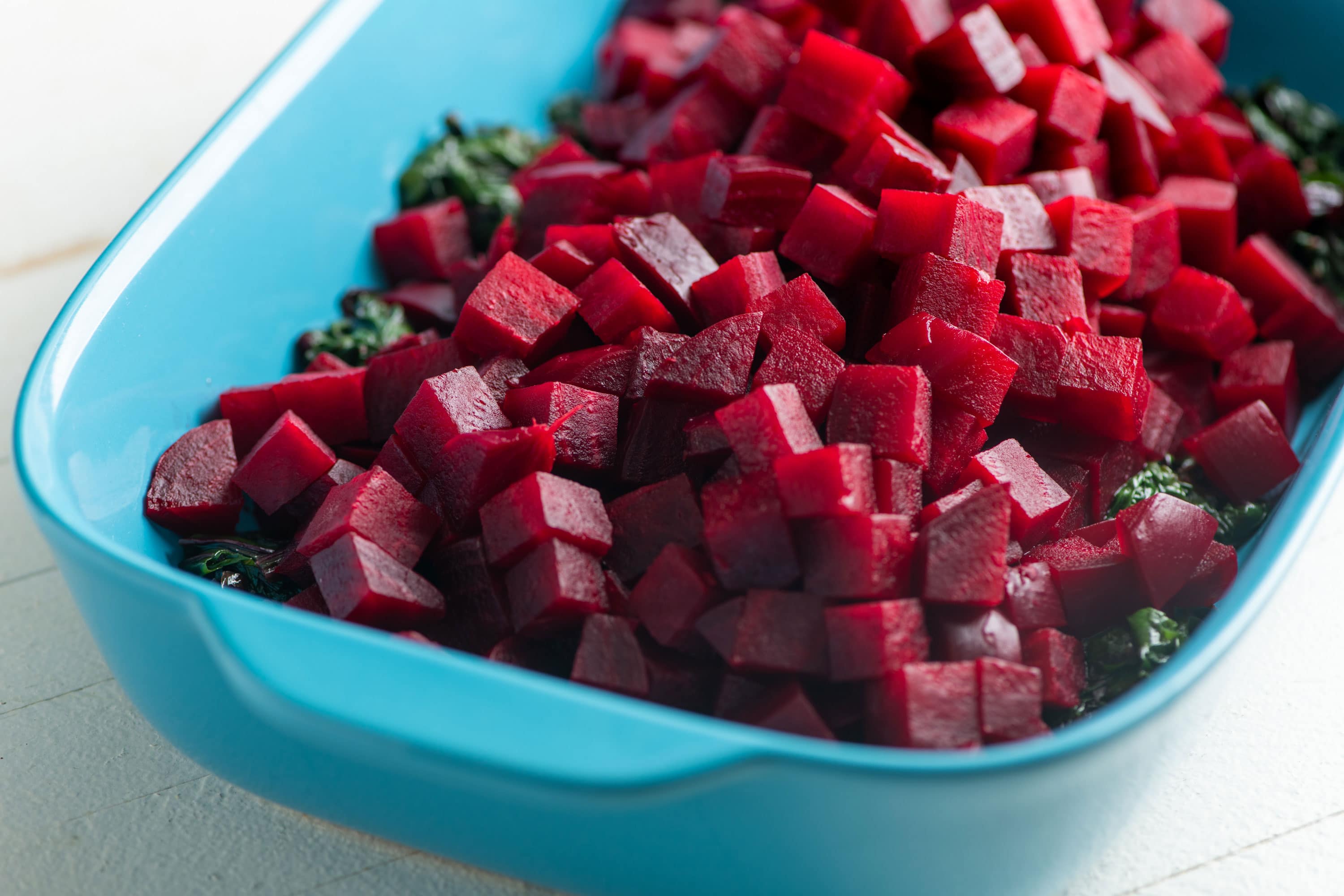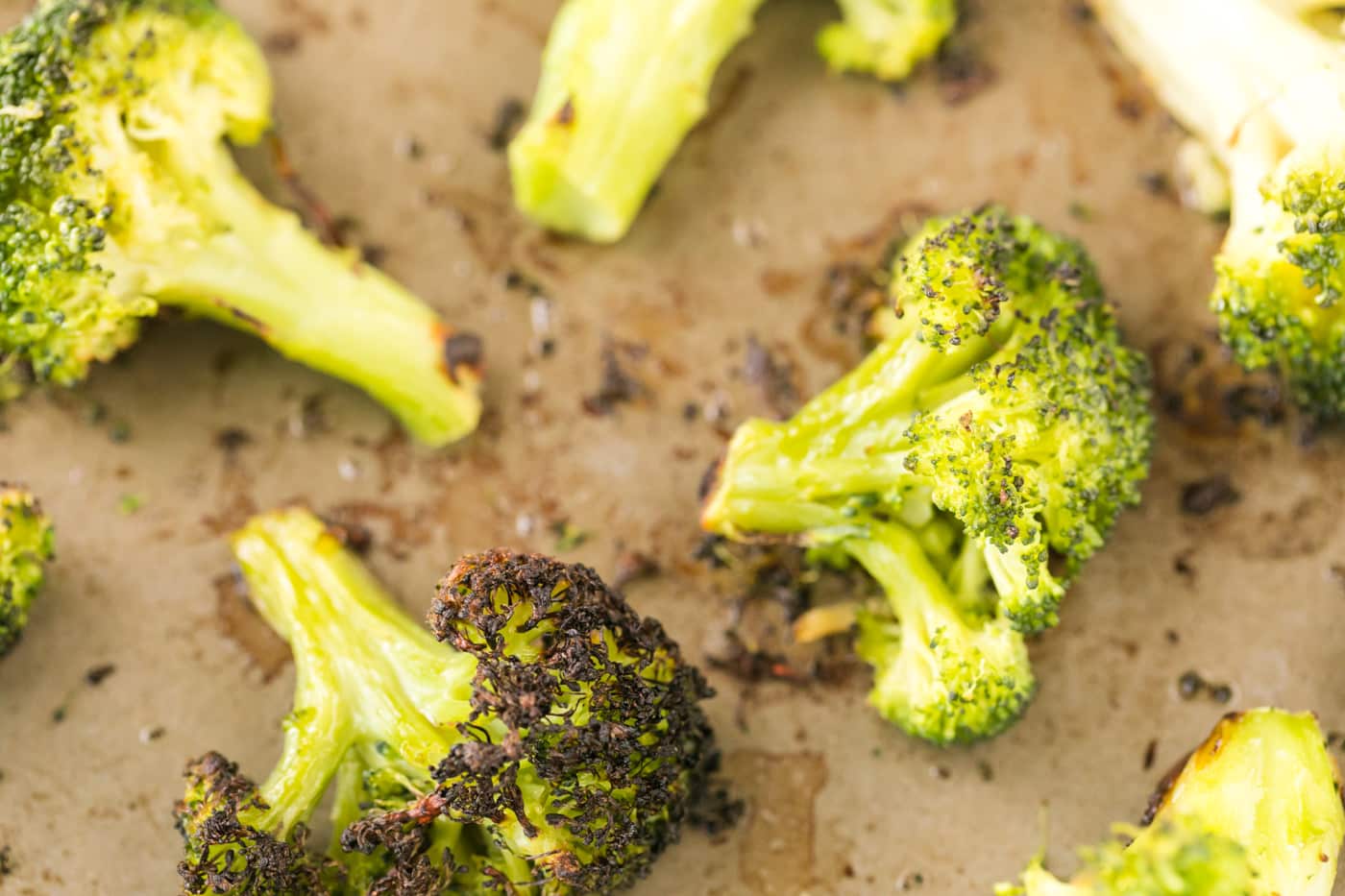Delicious and Nutritious: Cooking Tips for Wild Salmon
Wild salmon is not only a mouthwatering seafood delicacy, but it is also packed with essential nutrients like omega-3 fatty acids, protein, and vitamins. Whether you’re a novice chef or a seasoned cook, mastering the art of cooking wild salmon can unlock a world of flavors and provide a healthy dose of nutrition. In this article, we’ll explore some expert tips and techniques to help you prepare a perfect wild salmon dish.
1. Selecting the Finest Wild Salmon
When it comes to cooking wild salmon, the quality of the fish plays a crucial role. Here are a few pointers to keep in mind while selecting the finest wild salmon:
- Opt for sustainably sourced wild salmon to support responsible fishing practices and preserve the ecosystem.
- Look for salmon with bright, firm flesh and a fresh, oceanic smell.
- Choose the right variety of wild salmon, such as Chinook, Sockeye, Coho, or Pink, depending on your personal preference and the recipe requirements.
2. Preparing the Perfect Marinade
A well-crafted marinade can enhance the flavor and tenderness of wild salmon. Consider these tips when preparing a marinade:
- Combine ingredients like lemon juice, garlic, olive oil, honey, and fresh herbs to create a balanced and flavorful marinade.
- Marinate the salmon for at least 30 minutes, allowing the flavors to penetrate the fish.
- Don’t forget to season the salmon with salt and pepper before applying the marinade.
3. Mastering the Cooking Techniques
There are numerous ways to cook wild salmon, and each method brings out unique textures and flavors. Here are three popular cooking techniques:
a. Grilling
Grilling imparts a smoky flavor to the salmon while creating a crispy exterior and a moist, flaky interior. Follow these steps for a perfectly grilled wild salmon:
- Preheat the grill to medium-high heat.
- Brush the salmon with olive oil and season it with your favorite spices.
- Place the salmon skin-side down on the grill grates and cook for 4-6 minutes per side, depending on the thickness of the fillet.
- Use a spatula to carefully flip the salmon halfway through cooking.
b. Baking
Baking preserves the natural moisture of wild salmon and allows you to infuse it with additional flavors. Follow these steps for a delightful baked wild salmon:
- Preheat the oven to 375°F (190°C).
- Place the salmon on a baking sheet lined with parchment paper and brush it with a layer of olive oil.
- Sprinkle herbs, spices, or a breadcrumb topping over the salmon for added texture and flavor.
- Bake for 12-15 minutes, or until the salmon is cooked through and flakes easily with a fork.
c. Pan-Searing
Pan-searing is a quick and easy method that results in a deliciously caramelized crust. Follow these steps to achieve a perfectly seared wild salmon:
- Heat a non-stick skillet over medium-high heat and add a tablespoon of oil.
- Place the salmon fillet in the pan, skin-side up, and cook for 3-4 minutes until the bottom is golden brown.
- Flip the salmon carefully and cook for an additional 2-3 minutes until the skin is crispy and the fish is cooked to your preferred doneness.
4. Presentation is Key
When serving your delectable wild salmon creation, remember that presentation matters. Consider these tips to elevate the visual appeal:
- Garnish the dish with fresh herbs, lemon slices, or a sprinkle of black sesame seeds.
- Serve the salmon alongside colorful vegetables or a vibrant salad.
- Plate the fish with creativity, using a combination of colors and textures to entice the eyes.
Now that you have these expert tips in your culinary arsenal, it’s time to unleash your cooking skills and prepare a memorable wild salmon dish. Whether it’s grilled, baked, or pan-seared, the succulent flavors and health benefits of wild salmon are sure to impress your palate and leave you craving for more.
Was this page helpful?
Read Next: How To Cook Chicken Quarters In The Oven
